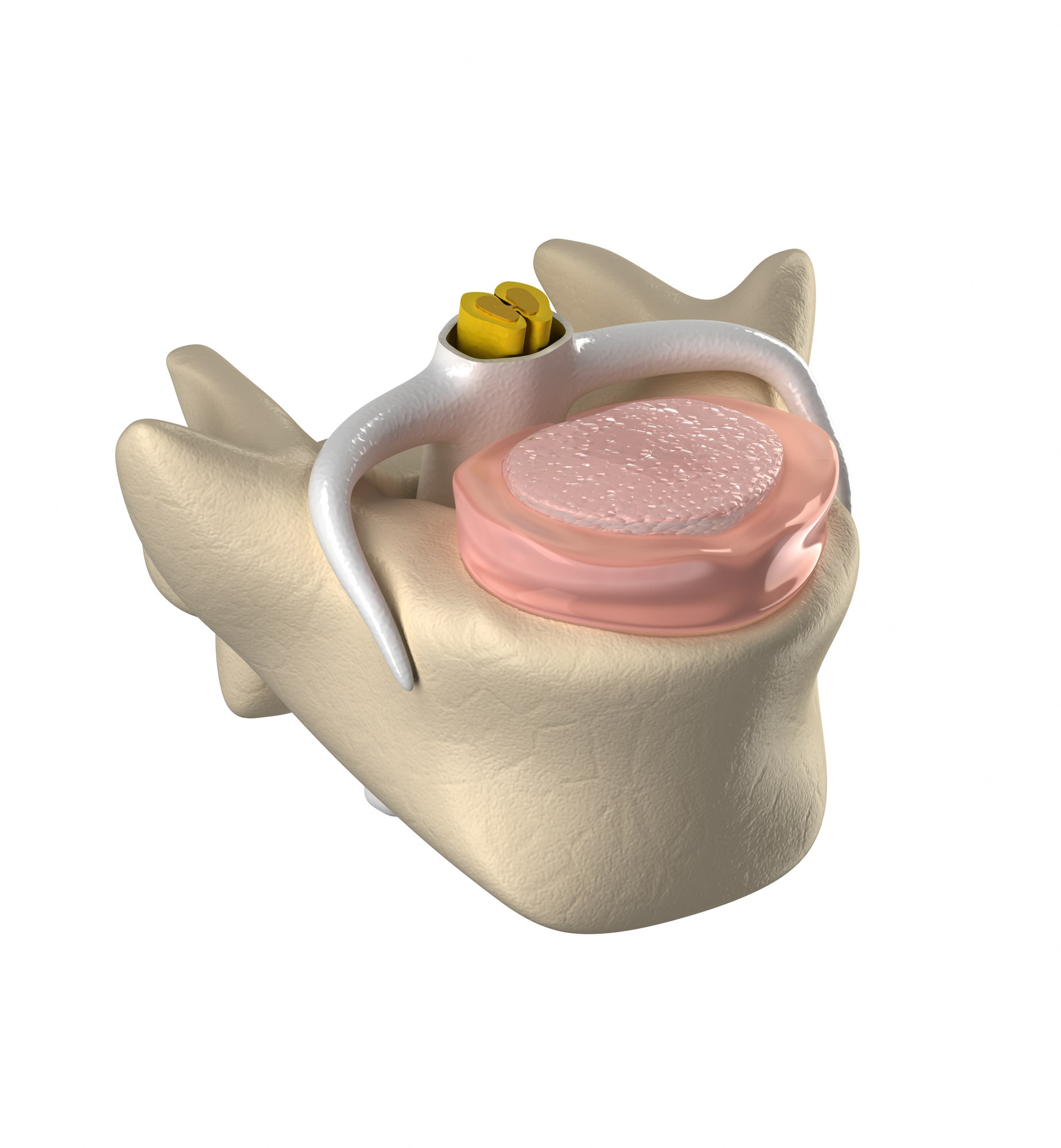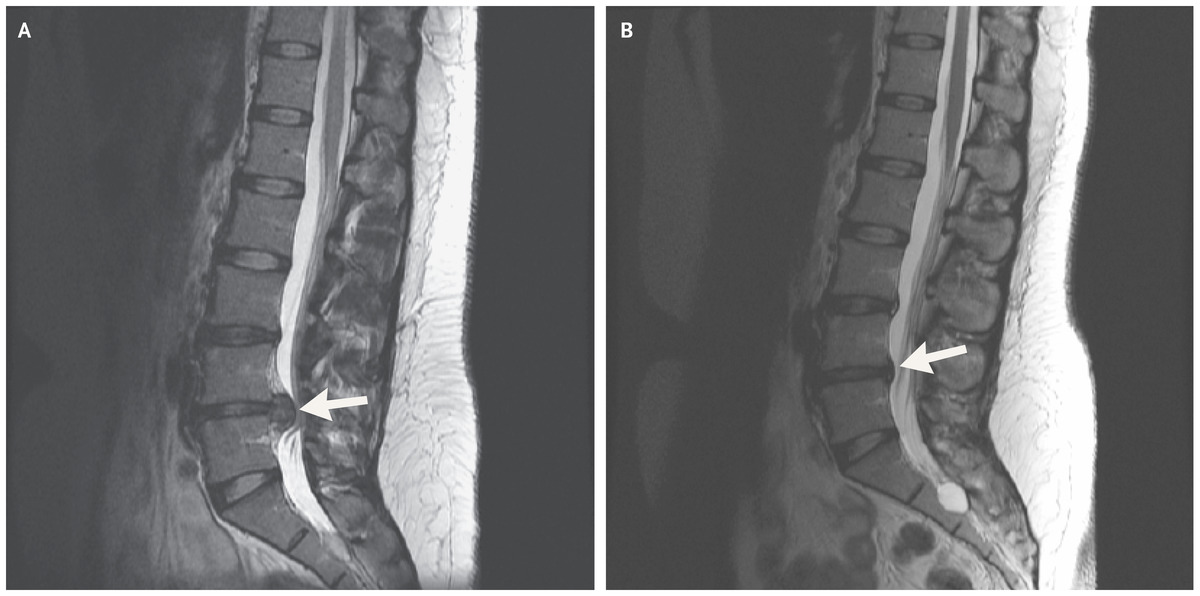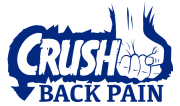Safe exercises for a bulging disc include movements that involve axial, dynamic loading with adequate core activation while maintaining a neutral lumbar spine.
What does this mean?
Exercises that place healthy forces through the discs while getting the core muscles working and keeping the lower back in a position that does not compromise the discs.
Exercises that meet these criteria help bulging discs heal.
This list is by no means complete. There are other exercises that are safe to do with a bulging disc. Each exercise on this list may not be tolerated perfectly by every person with a bulging disc.
The list gives examples of exercises that meet the criteria required to be disc healthy and disc friendly.
Examples of safe exercises to do with a bulging disc
- Bird dog
- Side bridge
- Bridge
- Forward alternating lunge
- Reverse alternating lunge
- Walking lunge
- Cossack squat
- alternating lateral lunge
- fast walking with arm swing
- prone press-up
- push-up
- pull-up
- dips
- lat pull down
- renegade row
- plank (neutral lumbar spine)
Now that you have a list of exercises that are safe to do with a bulging disc we can look at what makes exercises safe for a bulging disc.
If you understand the principles that make exercises healthy and safe for a disc you can apply these principles to your exercise routine and everyday life.
First, let’s look at the anatomy of the lumbar disc. A basic understand of the disc anatomy allows you to understand why some types of exercise are good for discs and other types should be limited or avoided altogether.
Lumbar disc anatomy
The discs between the vertebrae are comprised of two parts. The annulus fibrosus and the nucleus pulposus.

The outer pink part is the annulus fibrosus. The inner pinkish part that is held in by the annulus is the nucleus pulposus.
The annulus fibrosus forms the outer layer of the disc and is made up of 15 to 25 stacked layers of collagen. Each layer is oriented 60 degrees from the layer adjacent to it. This orientation increases the strength of the disc while allowing flexibility.
The annulus functions as a strong, rigid container to hold the nucleus pulposus in place. The annulus fibrosus also stabilizes the spine by resisting torsion, flexion, and extension.
The nucleus pulposus is a gel-like structure in the middle of the disc made of up water, collagen, and proteoglycans. 66% to 86% of the nucleus is water.
The nucleus functions to spread forces out over the vertebrae above and below it, preventing excessive forces through one part of the vertebrae.
As a result the lumbar spine can move through considerable ranges and tolerate countless activities without compromising the vertebral bodies.
The disc acts as a force distributor, link, and cushion between vertebral bones, allowing motion while also stabilizing the spine and resisting excessive movement in any one direction.
How Does Exercise Help the Disc?
The discs between the vertebrae are avascular, they have minimal to no blood supply, in fact, the intervertebral disc is the largest avascular structure in the body.
For this reason the discs obtain nutrients and get rid of waste by fluid diffusing through the endplates of the vertebral bodies.
Exercise results in cyclic loading and unloading of the disc, promoting the diffusion of solutes through the vertebral endplates.
Exercise is essential for disc hydration, nutrition, and for maintaining the balance between water and proteoglycan content.
The inside of the disc (nucleus pulposus) contains water and proteoglycans. Exercise maintains the balance between the two.
Research shows that exercise is required to maintain the health and function of lumbar discs.
This is a fact of healthy discs, that are not causing pain.
When a disc is painful exercise is required to stimulate the healing process. Exercise also strengthens the disc so it can tolerate load and activity without pain.
Exercise improves disc hydration and proteoglycan content and increases disc height, improving disc health and strength. Just like exercise makes bones and muscles stronger, exercise makes lumbar discs stronger.
What types of exercise are safe to do with a bulging disc?
The exercise should engage the muscles of the trunk and spine (core) with active movement.
So cyclic loading and unloading of the disc with movement is superior to loading the disc statically.
Research shows that fast walking or slow running actually strengthen the disc. Both of these activities result in cyclic loading and unloading of the disc, with load sharing through the lumbar disc, joints, and muscles. Fast walking and slow running increase the hydration and glycosaminoglycan content of the disc. These activities also increase the size of the disc.
A larger, thicker disc with greater water and glycosaminoglycan content is a healthier, stronger disc.
Walking is one of the most UNDERATED exercises for bulging discs
A simple walking program will improve disc health.
Walking promotes load sharing between the tissues of the lumbar spine, is the definition of dynamic loading, and decreases lower back pain.
Research shows that walking 90 minutes per week decreases the risk of developing lower back pain. Walking, by itself, is preventative.
An entire rehabilitation program can be based on a walking program.
A good goal is to build up to walking 90 minutes or more per week over the course of four to six weeks. Then maintain the walking program to reduce the likelihood of future lower back pain.
Walking and jogging are not the only types of exercise that improve disc health.
Any exercise that results in cyclic loading of the lumbar tissues, maintains the spine in a neutral position, and engages the core musculature is beneficial.
Exercises that are NOT Safe for a Bulging Disc
Exercises that load the spine and keep it loaded without movement should be avoided.
Most seated exercises using machines fall into this category.
Exercises that involve twisting the spine with resistance have no place in a bulging disc exercise program.
Flexion with compression will not benefit bulging discs. Deep squats with lumbar flexion at end-range and the leg press machine are examples.
Fast full range sit ups and any rapid movement that involves repetitive end range spinal flexion or extension will not benefit a bulging disc.
Make ANY Exercise a Safe Exercise to do with a Bulging Disc
Understand JUST TWO principles to make exercises safe to do with a bulging disc.
- Neutral Lumbar Spine
The neutral position of the lumbar spine is between flexion and extension and is the natural position of the spine. Not too flexed or extended, but in between. It’s neutral.
Lumbar neutral is the position the spine is in when you’re standing and comfortable. During exercise the spine should be maintained in this position.
The function of the core muscles are to act as a stabilizing back belt to maintain this neutral position during activity.
2. Dynamic Loading
Dynamic loading is cyclic loading. The discs, facet joints, and muscles of the spine share the load as it changes with movement.
Movement of the extremities while the lower back is stable help facilitate dynamic loading. The movement results in cyclic loading and unloading of the disc opposed to continuous loading.
The loading/unloading optimizes the hydration and nutrition of the disc. This is why fast walking is beneficial for discs. It’s simply cyclic loading with the lumbar spine maintained in a neutral position.
Understanding these principles is MORE Important than Knowing Specific Exercises
It’s helpful to have a repertoire of exercises that are healthy for the disc.
It’s even better to apply these two principles to any exercise. This way whatever exercise you’re doing is a “safe bulging disc exercise.”
- Maintain a NEUTRAL lumbar spine
- Focus on exercises that engage the core musculature and result in the spine being relatively stable while the arms, legs, or both move.
Exercise is more effective when it’s done consistently
If you do the right exercises over time your disc will heal. Your pain will go away.
The Crush Back Pain Herniated Disc Programs walk you through exactly how to do this.
Where to start?
The options are many. You can design a simple program based off the list in this article. Pick three or four exercises and do them daily.



